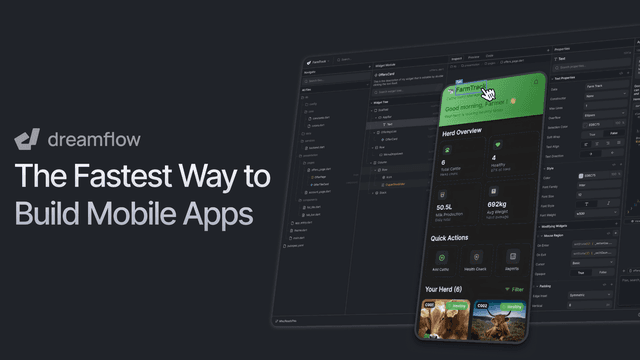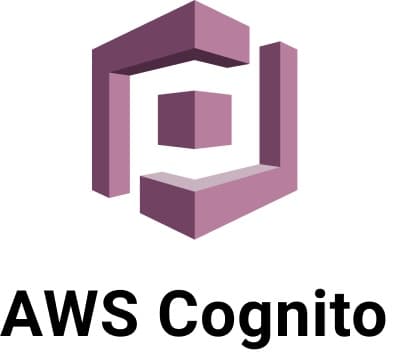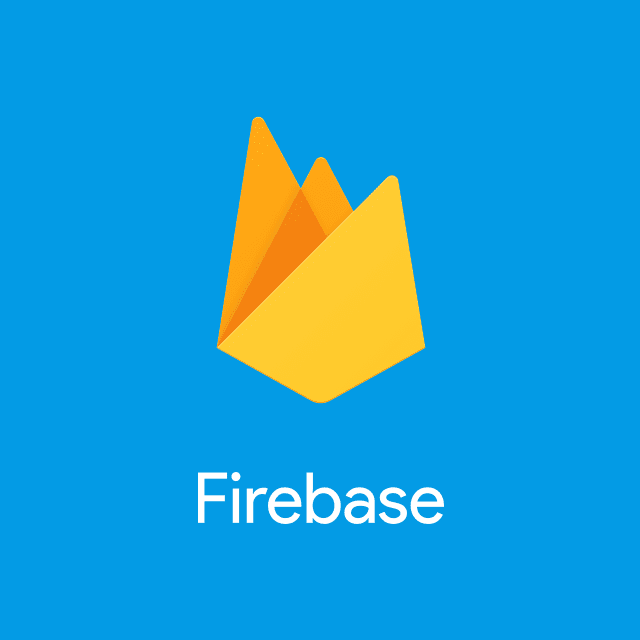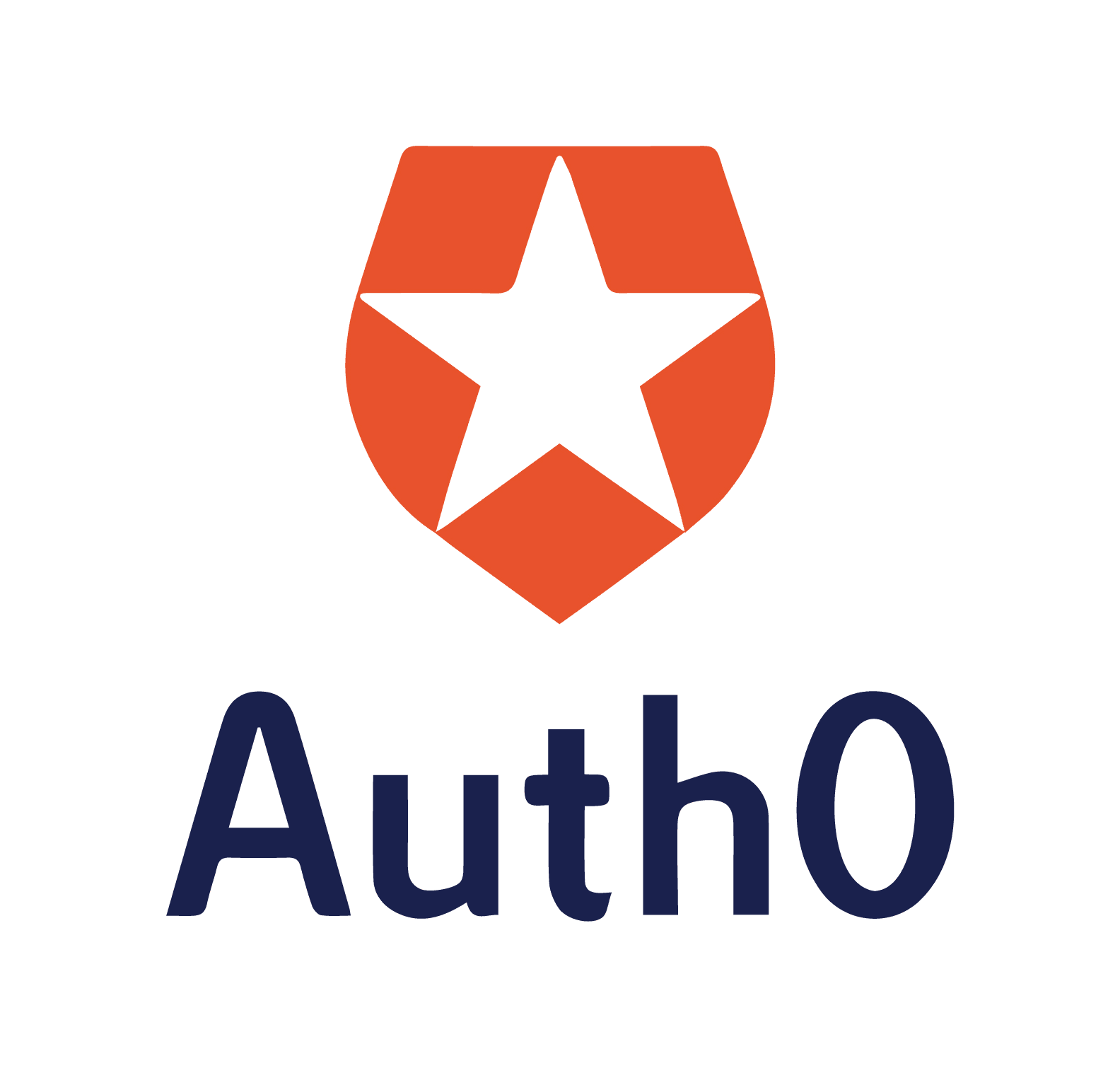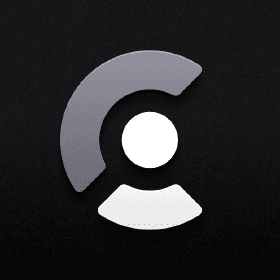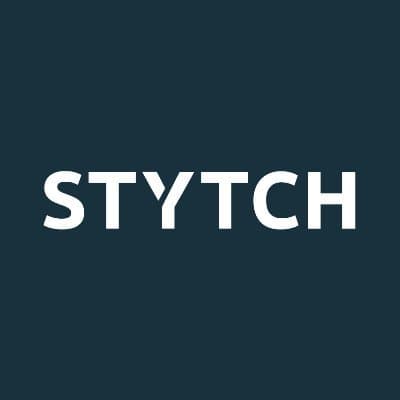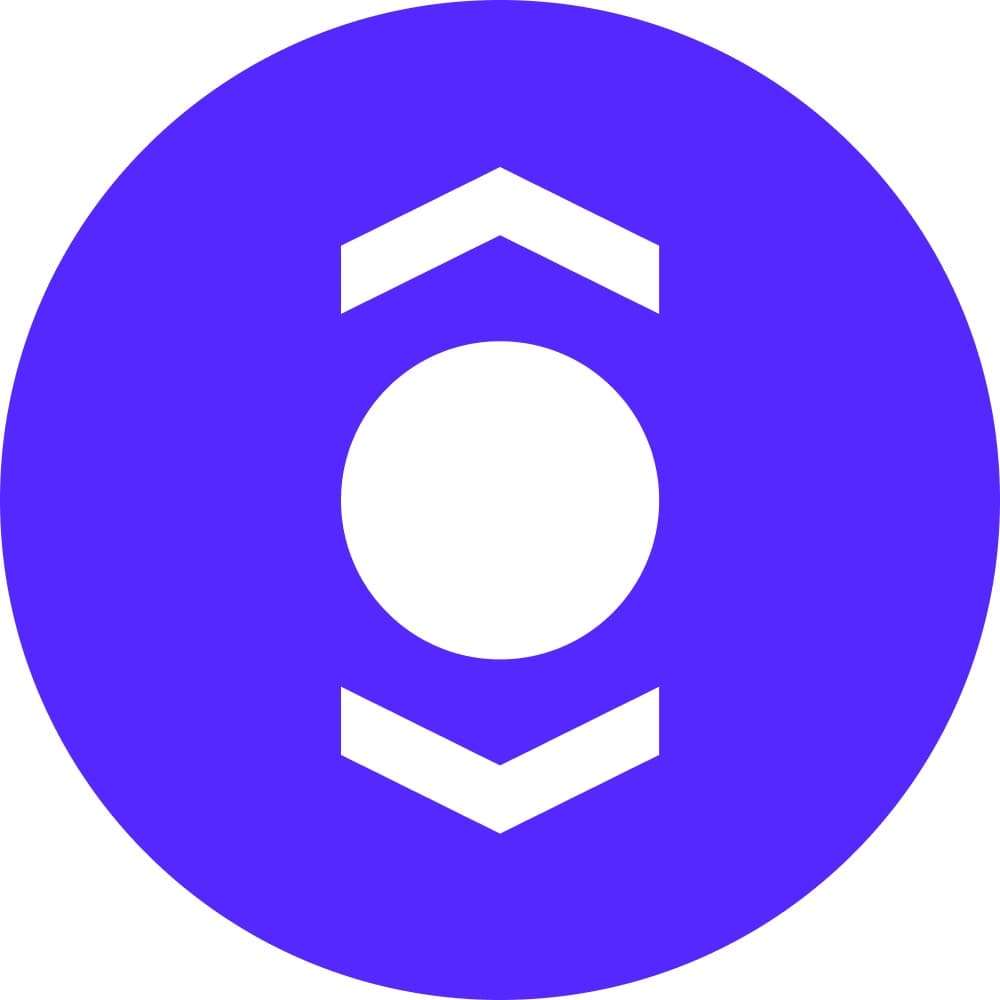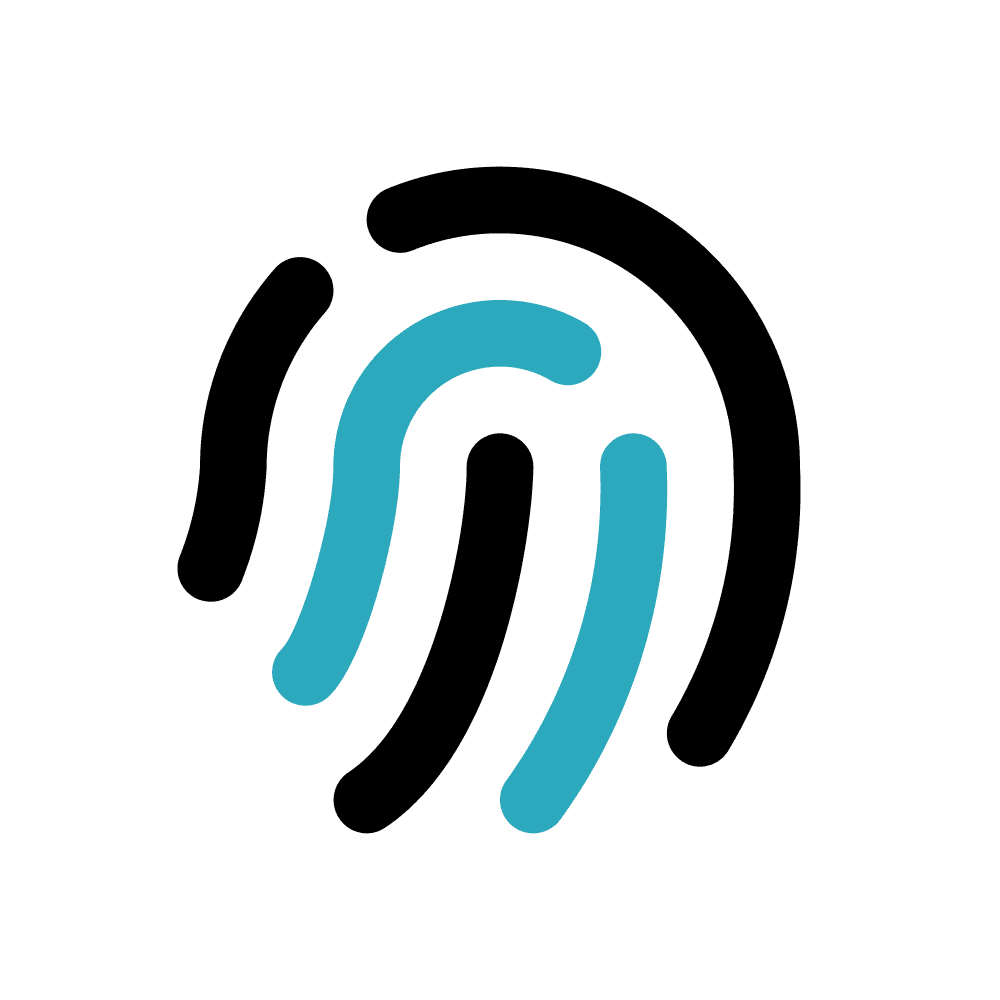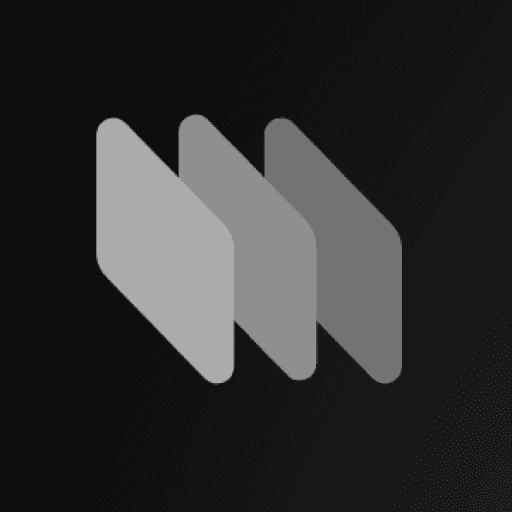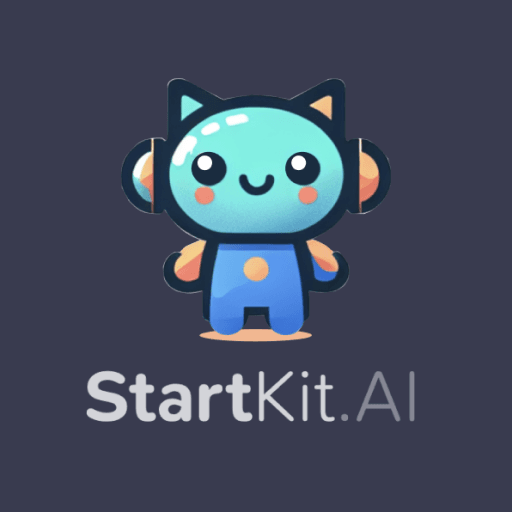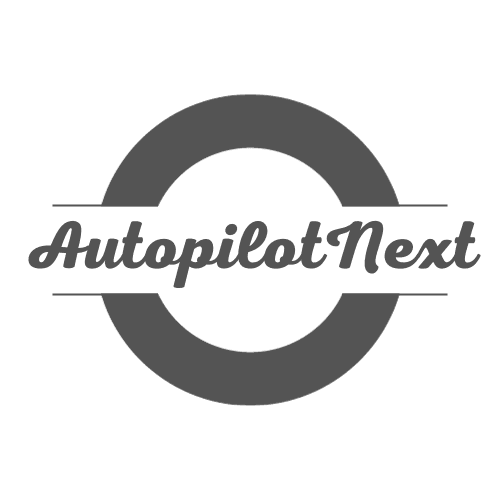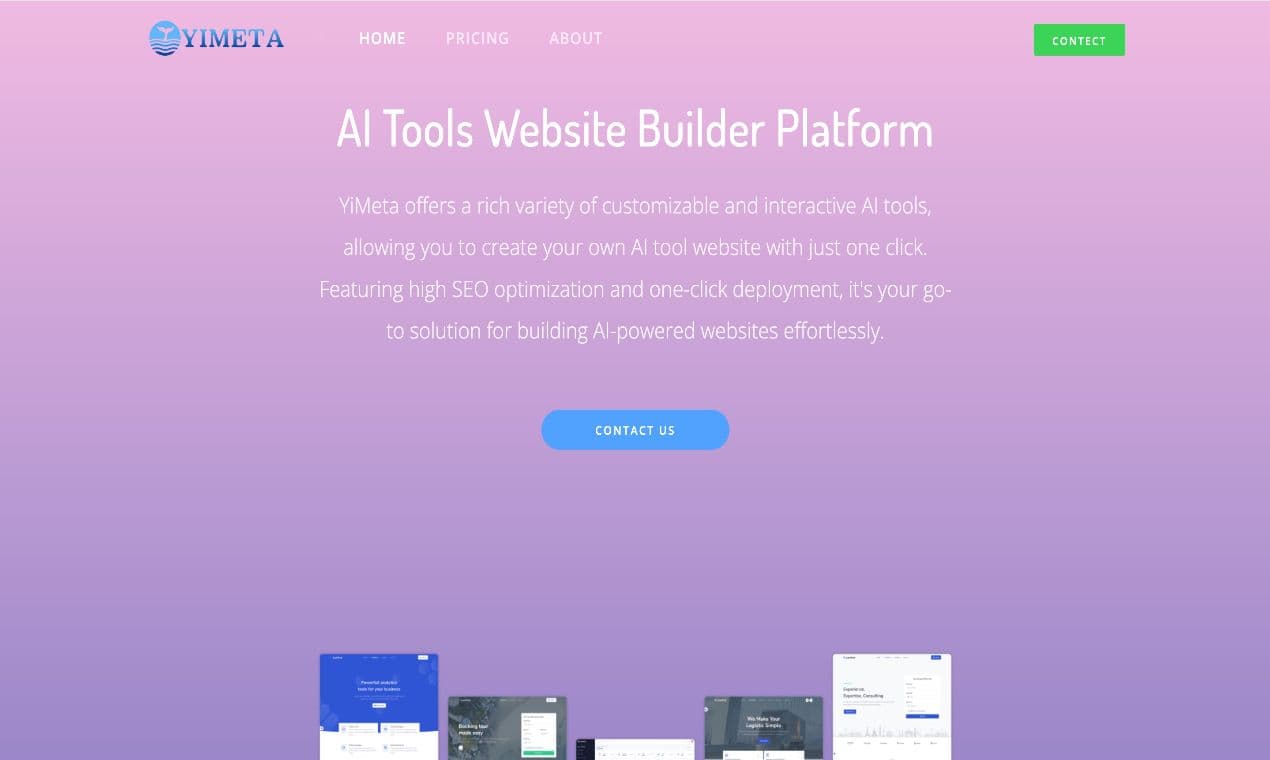Supabase vs. Dreamflow
Supabase
Supabase is the open-source alternative to Firebase. Like Firebase, it's a complete app development platform with user authentication, cloud functions, APIs, Postgres database, storage, vector embeddings, and other features. Supabase projects come with PostgreSQL's policy engine for fine-grained user access rules. It has social login integrations with Google, Facebook, GitHub, Azure (Microsoft), Gitlab, Twitter, Discord, and many more. They offer a customizable authentication component for React. Phone login and MFA can be added through third-party SMS providers such as Twilio or Bird. The free tier comes with 50,000 monthly active users. The Pro plan, at $25/month, comes with 100,000 MAUs and $0.00325/MAU beyond that.
Dreamflow
Dreamflow helps you build mobile apps the way you want to build. Start by prompting features with AI, refine the experience in a powerful visual editor, or dive into full Flutter code when you need complete control. Unlike tools that lock you into prototypes or no-code abstractions, Dreamflow keeps all three surfaces, prompt, visual, and code, in sync. That means you get the speed of AI, the flexibility of drag-and-drop design, and the confidence of owning production-ready Flutter code you can scale and publish on the app store.
Reviews
Reviews
| Item | Votes | Upvote |
|---|---|---|
| No pros yet, would you like to add one? | ||
| Item | Votes | Upvote |
|---|---|---|
| No cons yet, would you like to add one? | ||
| Item | Votes | Upvote |
|---|---|---|
| No pros yet, would you like to add one? | ||
| Item | Votes | Upvote |
|---|---|---|
| No cons yet, would you like to add one? | ||
Frequently Asked Questions
Supabase is an open-source alternative to Firebase, providing a complete app development platform with features like user authentication, cloud functions, and a PostgreSQL database. It is particularly strong in backend services and offers fine-grained user access rules. In contrast, Dreamflow focuses on mobile app development with a unique approach that combines AI-driven feature prompting, a visual editor, and full Flutter code access. If you need a robust backend and database management, Supabase may be the better choice. However, if you prioritize a flexible design process and want to leverage AI for feature development, Dreamflow could be more suitable.
Dreamflow offers greater flexibility in app design as it allows users to prompt features using AI, utilize a visual editor for drag-and-drop design, and access full Flutter code for complete control. This multi-surface approach enables developers to iterate quickly and customize their apps extensively. On the other hand, Supabase is more focused on backend functionalities and may not provide the same level of design flexibility as Dreamflow.
Supabase is the better option for backend services as it provides a comprehensive set of features including user authentication, cloud functions, and a PostgreSQL database. It also supports social login integrations and offers a customizable authentication component. Dreamflow, while it provides a way to build apps, does not focus on backend services to the same extent as Supabase, making Supabase the preferred choice for developers needing robust backend capabilities.
Supabase is an open-source alternative to Firebase, offering a complete app development platform that includes user authentication, cloud functions, APIs, a Postgres database, storage, vector embeddings, and other features.
Supabase offers a variety of features such as user authentication, cloud functions, APIs, a Postgres database, storage, and vector embeddings. It also includes PostgreSQL's policy engine for fine-grained user access rules, social login integrations, and a customizable authentication component for React.
Supabase offers social login integrations with Google, Facebook, GitHub, Azure (Microsoft), Gitlab, Twitter, Discord, and many more.
Yes, phone login and multi-factor authentication (MFA) can be added to Supabase through third-party SMS providers such as Twilio or Bird.
Supabase offers a free tier with 50,000 monthly active users (MAUs). The Pro plan is priced at $25 per month and includes 100,000 MAUs, with an additional cost of $0.00325 per MAU beyond that.
Dreamflow is a mobile app development tool that allows users to build apps according to their preferences. It combines AI-driven feature prompting, a powerful visual editor for drag-and-drop design, and the option to dive into full Flutter code for complete control. This unique approach ensures that users can work quickly while maintaining flexibility and ownership of production-ready code.
Dreamflow offers several key features, including AI-driven prompts for app features, a visual editor for easy drag-and-drop design, and the ability to access full Flutter code for those who want more control. This combination allows users to create apps efficiently while ensuring that they can scale and publish their apps on the app store.
Currently, there are no user-generated pros and cons available for Dreamflow. However, potential pros may include its flexibility in app development and the ability to work with both AI and code. On the other hand, potential cons could include a learning curve for users unfamiliar with Flutter or coding.
Dreamflow stands out from other app development tools by offering a seamless integration of AI, visual design, and coding. Unlike many no-code platforms that may lock users into specific prototypes or abstractions, Dreamflow allows for a more dynamic development process where all three surfaces—prompt, visual, and code—are kept in sync.

